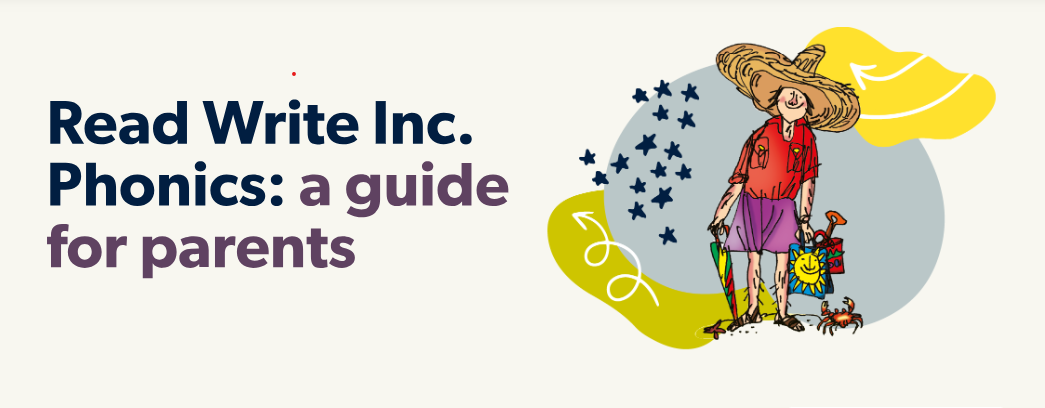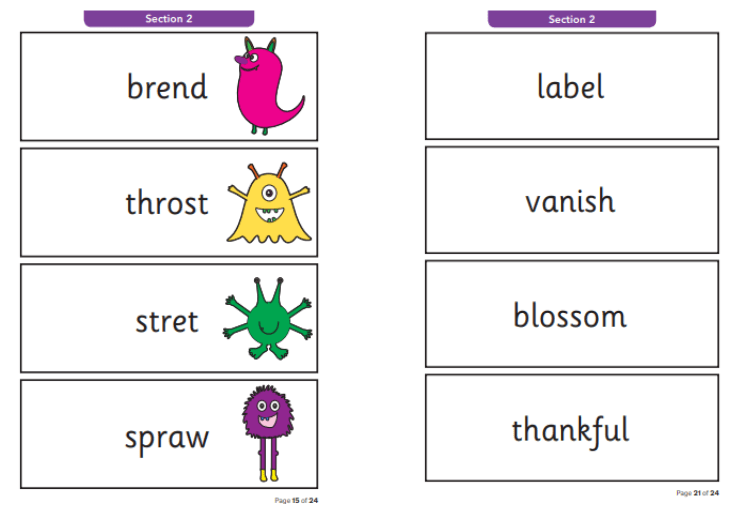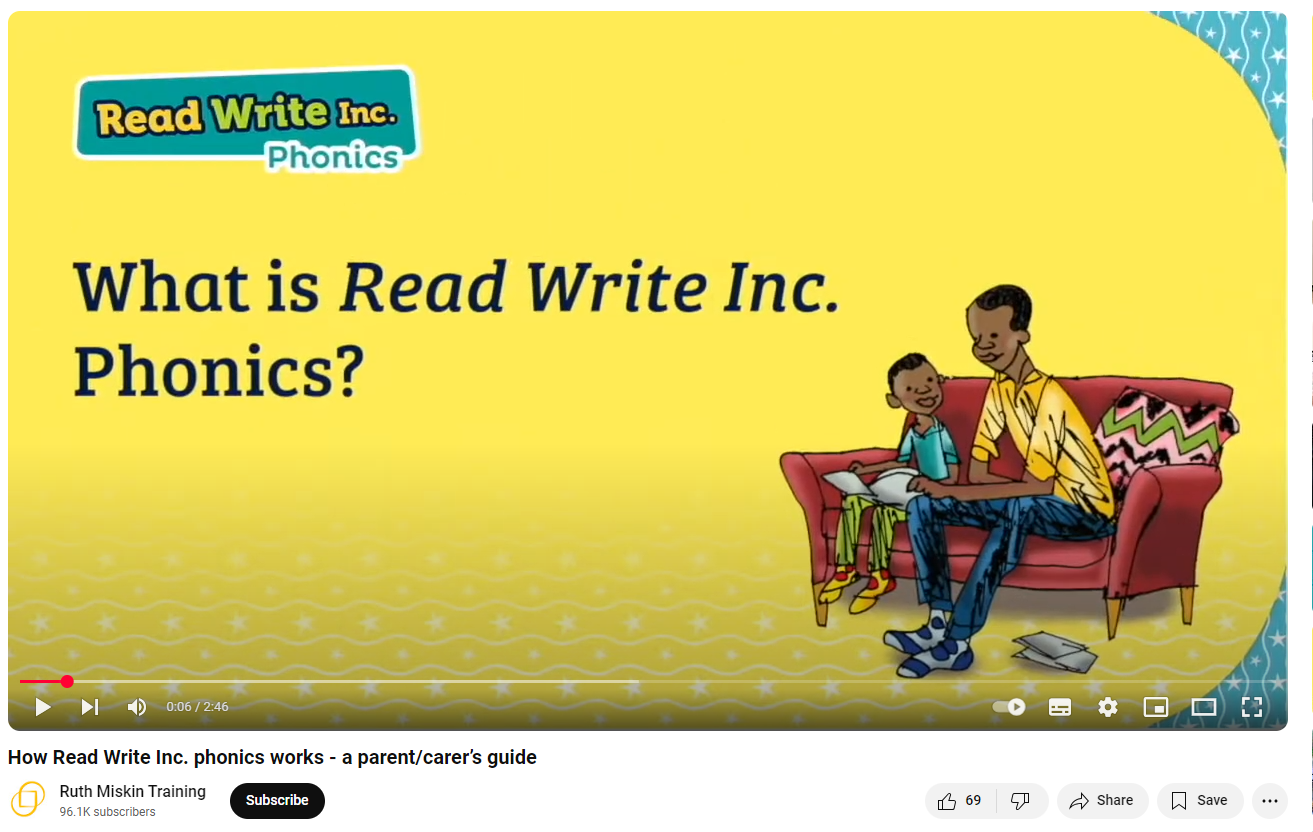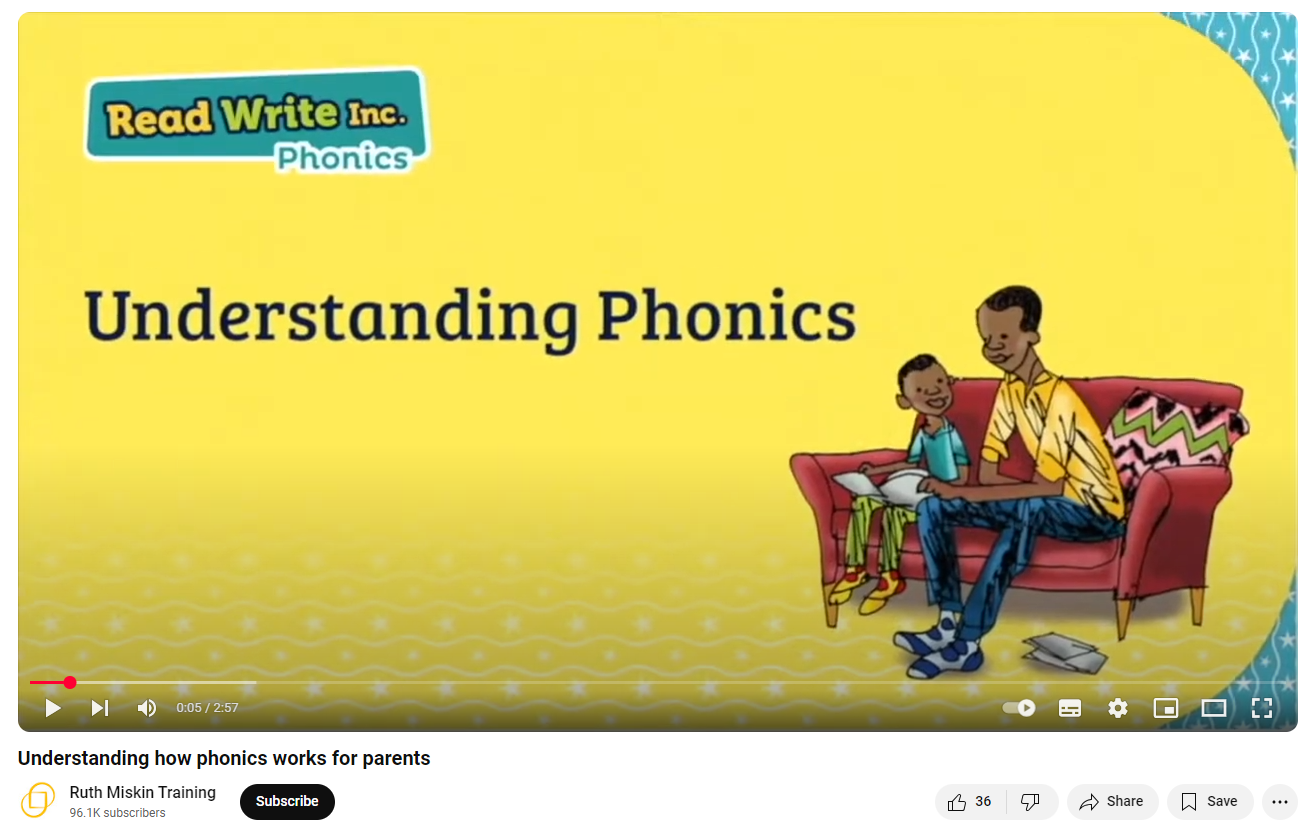English and Phonics
Phonics - Read, Write Inc
Phonics is the systematic teaching of the sounds, or 'phonemes', that accompany the written letters ('graphemes') in English. It is designed to teach children to become confident and fluent readers by the end of Year 2. At Drayton Green we now use the “Read Write Inc” programme to teach phonics in daily structured lessons throughout EYFS and Key Stage One.
How do we teach children to read and write?
Every child deserves success right from the start. We know that the sooner children learn to read, the greater their success at school. This is why we put reading at the heart of what we do.
We use a programme called Read Write Inc. Phonics to teach our children to read and write. We make sure every child can read the last set of phonic stories before they progress to our higher-level programme, Destination Reader. Some children complete the programme in Year 1 and others in Year 2. Key Stage 2 children who need extra support follow this programme too.
During this time, we group children by their reading progress for half an hour a day and re-assess children every half-term so we can place them in the group where they’ll make the most progress. We provide extra daily one-to-one sessions for children who need a bit of a boost to keep up.
How do we make phonics easy for children to learn?
Read Write Inc. Phonics depends upon children learning to read and write sounds effortlessly, so we make it simple and fun. The phonic knowledge is split into two parts.
First we teach them one way to read and write the 40+ sounds in English. We use pictures to help, for example, we make ‘a’ into the shape of an apple, ‘f’ into the shape of a flower. These pictures help all children, especially slower-starters, to read the sounds easily. Children learn to read words by sound-blending using a frog called Fred. Fred says the sounds and children help him blend the sounds to read each word.
Then we teach children the different spellings of the same sounds, for example, they learn that the sound ‘ay’ is written ay, a-e and ai; the sound ‘ee’ is written ee, e and ea. We use phrases to help them remember each sound, for example, ay - may I play?, a-e – make a cake.
How do we ensure children can read every book?
The first thing we do is to give children books we know they can read – without guessing. (We read lots of other stories to them, but do not expect them to read these for themselves until they start to read the Grey Storybooks.)
Before they read the story, they sound out the names of characters and new words, practise reading any of the ‘tricky Red’ words, and we tell them a thought-provoking introduction to get them excited about the story.
Then, over three days, children read the story three times: first to focus on reading the words carefully; the second to help them read the story fluently; and on the third, we talk about the story together for example, how characters might be feeling and why. By the time children read the story at home, they will be able to read it confidently with expression.
What are the expectations of children’s progress on the Read Write Inc. Phonics programme?
After two years of implementation, it is expected that:
- Reception children will be able to read Green Storybooks by the end of the summer term.
- Year 1 children will be able to read Blue Storybooks by the end of the summer term.
- Year 2 children will have completed the Phonics programme by the end of the spring term.
We have high expectations for our children to meet the expected standard in the Phonic Screening Check, and help all children to be accurate and fluent readers by the time they enter Key Stage 2.
How can you help your child?
Click on the pictures below for some useful links to videos about the Read Write Inc scheme and how to help your child at home;
This video is a guide to how Read Write Inc. phonics works and how parents and carers can support their children to become confident, enthusiastic readers.
This video shows a simple explanation of how phonics works and the 44 sounds needed for children to learn to read.

The Read Write Inc. website has further guidance for parents and links to resources that you can use at home to support your child.
Click here to access the website and resources.
Reading
EYFS and KS1
Children will read their Read Write Inc books as part of their daily lesson. Once they have finished studying this book in class, they will bring it home to read. Re-reading these books is vital in developing their confidence and fluency, enabling them to develop their comprehension and read with expression. They will also be given a “Book Bag Book” which applies the most recent phonemes they have been taught as well as revisiting other phonemes. We also encourage children to read a range of books to develop their love of reading. Children may choose books that are beyond their current level of phonic knowledge and these can be read with an adult for support.
Reading in KS2
In KS2 children take part in a whole class Destination Reader session. Destination Reader focuses on everyone reading from the same text with the teacher modelling excellence. Reading in this way allows children to access literature that may be above their level of reading. The children engage in rich discussion with quality teacher questioning which encourages detailed answers with textual evidence. Classes also receive daily reading of a whole class story and the older children are encouraged to read independently for pleasure.
Year 1 Phonics Screening Check
At the end of Year 1, children will undertake a statutory phonics screening check. This is a short assessment to make sure that children have learnt phonics to an appropriate standard. There are 40 words in the screening check which children are asked to read on a one-to-one basis with their teacher. The check is made up of 'real words' (eg. 'mud') and 'nonsense’ or ‘alien’ words (eg. 'splog') and children need to apply their phonic knowledge to read all words. Preparation for the check takes place during the daily phonics lesson, but you can help your child at home by practising phonics on a regular basis.



